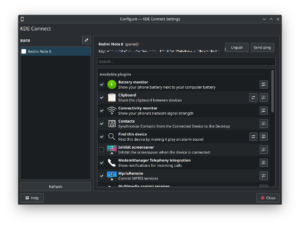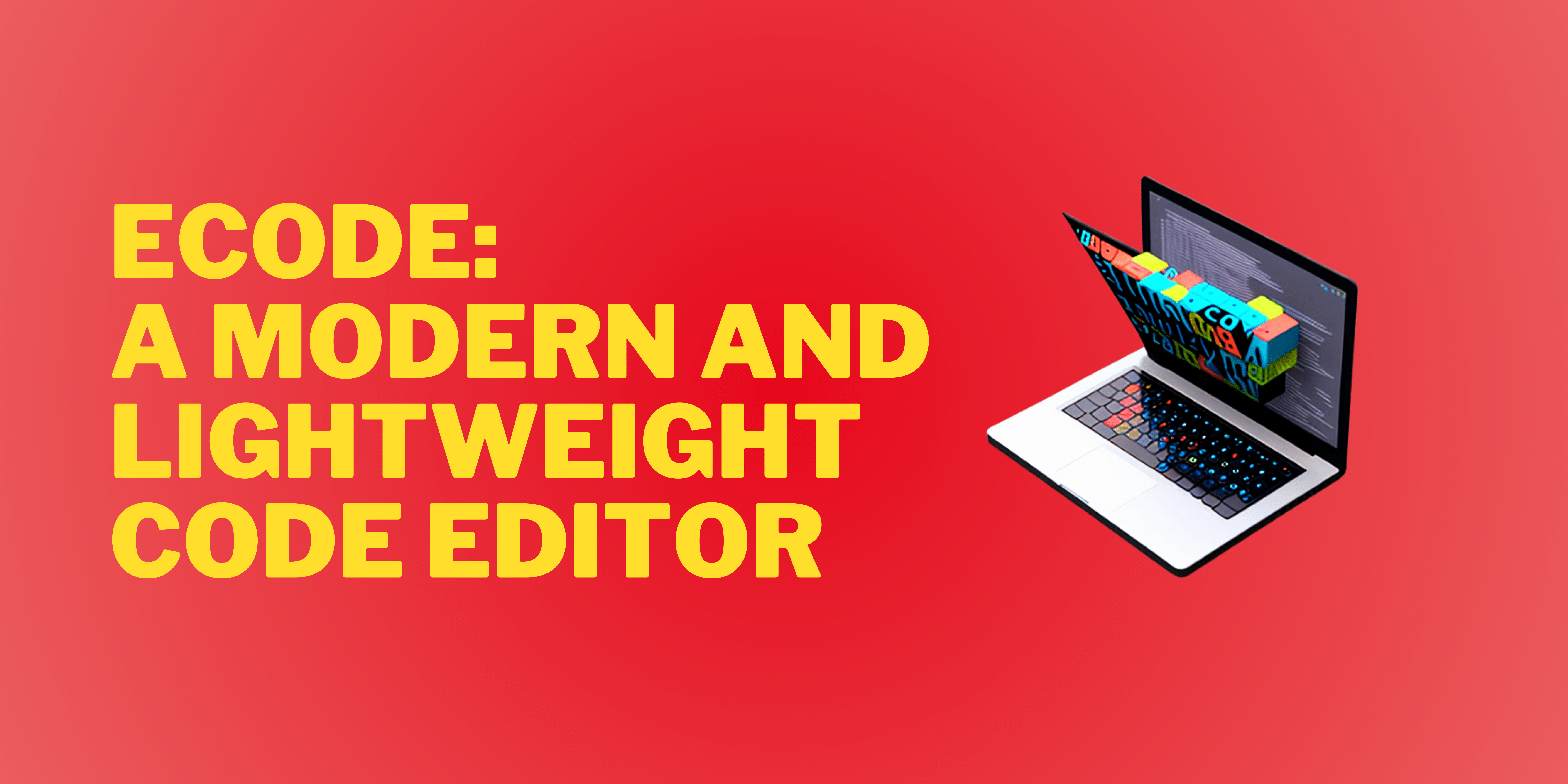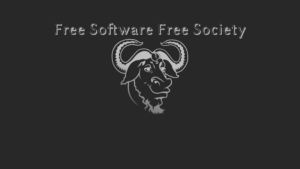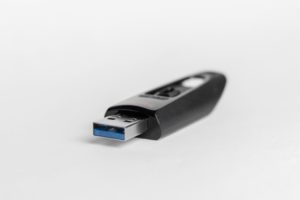We are entering a somewhat complicated terminology and for this we must first know what an operating system is before going into depth with the subject, due to this we will cite the following text to know its meaning:
An operating system is the main software or set of programs of a computer system that manages hardware resources and provides services to software application programs, running in privileged mode with respect to of the rest.
Having a better idea of what an operating system is, we can better deal with the issue with respect to GNU Hurd, which is part of a joint development within the GNU project originally started by Richard Stallman.
GNU Hurd is developed from the beginning with the C programming language which allows a more exact memory management and which has a process of compilation or translation to binary code which is composed of zeros and one’s in octets 8-bit.
The word Hurd is a recursive acronym. Hurd is the acronym for “Hird of Unix-Replacing Daemons” (in Spanish: “Hird” of demons that replace Unix). In turn, the term “Hird” means “Hurd of Interfaces Representing Depth” (“Hurd” of interfaces representing depth). Both «Hurd» and «Hird» in American English are pronounced as / hɜːrd / «herd» (in Spanish: herd), so GNU Hurd could be translated as «herd of wildebeest», referring to its architecture of a set of servers running.
Architecture
Unlike most Unix-like cores, Hurd is built on top of a microkernel (currently only Mach is supported, although there was a now abandoned project to be able to run Hurd on the second generation L4 microkernel), responsible for providing the services of a most basic kernel: coordinating access to hardware (to the CPU —through multiprocessing—, to RAM memory —through memory management—, and to other sound, graphics, storage devices, etc.).
There are other Unix-like systems that run on top of the Mach microkernel, such as OSF / 1, NEXTSTEP, Mac OS X, Lites, and MkLinux. All of them are implemented as a single server. Therefore, they replace the monolithic kernel of traditional Unix systems with two elements, the microkernel and the Unix server.
Instead, Hurd consists of multiple servers running simultaneously. Instead of a single huge program that controls everything from the clock to the management of the network, each of these tasks in Hurd is managed by a separate server. This makes (theoretically, at least) developing Hurd much easier, since making changes on one server is less likely to have unwanted effects on other servers.
In the original Mach design, one of the main goals was this type of “server farm”, but it seems that Hurd is the first to implement this design on a Mach microkernel (although QNX is similar, but based on its own microkernel). It is unclear why there were no multi-server deployments previously, although it appears that the groups working on Mach were too busy on Mach to dedicate themselves to the entire operating system. Hurd also tries to be portable between micronuclei.
GNU Hurd is in active development. Therefore, there is no stable version. We primarily distribute Hurd sources via Git. The latest version is GNU Hurd 0.9.
Although it is possible to boot the GNU / Hurd system from source by cross-compiling and installing system software and basic applications, this is a difficult process. It is not recommended that you do this. Instead, you should get a GNU / Hurd binary distribution, which comes with all pre compiled GNU software and an installation routine that is easy to use.
The Debian project has committed to providing such a binary distribution. Debian GNU/Hurd is currently in development and is available in the unstable branch of the Debian archive.
Active development continues within the Debian project
Launching a new version of GNU / Hurd together with the Debian GNU / Linux Buster version and seeking to achieve constant stability and improvement of this operating system since its architecture is revolutionary if it manages to have the same stability as other operating systems of monolithic type will be a breakthrough for the entire global free software community.
This is a snapshot of Debian “sid” at the time of the Debian “buster” stable release (July 2019), so it is mainly based on the same sources. It is not an official version of Debian, but it is an official version of Debian GNU / Hurd.
Installation ISO images can be downloaded
from cdimage in the three common versions of Debian: NETINST, CD or DVD. In addition to the friendly Debian installer, a pre-installed disk image is also available, making it even easier to test Debian GNU Hurd. The easiest way to run it is inside a virtual machine like qemu
Debian GNU Hurd is currently available for the i386 architecture with about 80% of the Debian archive, with more to come!
Source: https://www.debian.org/ports/hurd/hurd-news
How to get Debian GNU Hurd?
Currently, it is the only project in the world of free software that dares to venture into the continuous development and improvement of an operating system that despite everything is not totally stable or recommended for the world of servers, or for its destruction to the community in general and is only recommended for use for testing purposes only.
In order to have a copy of the CD / DVD image of this operating system installer, you can access the following internet URL from the official website of the Debian project to obtain a copy of the GNU Hurd operating system and do tests:
https://www.debian.org/ports/hurd/hurd-cd
To conclude, the only worry or any form of doubt about GNU Hurd is the amount of time it might take for a stable release to come out. Maybe it gets too late by then. Regardless, there would always be GNU project fans and followers who would love to adapt and use it.









